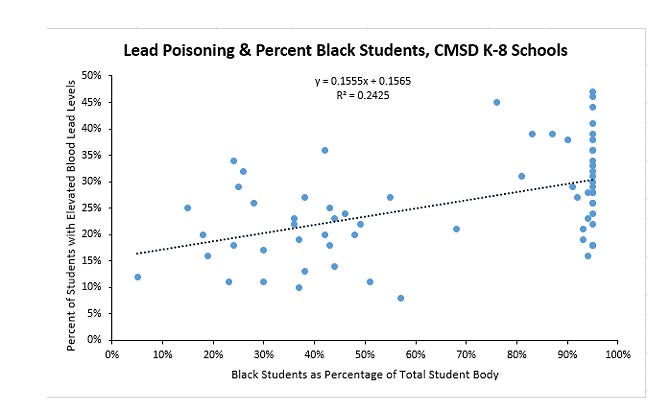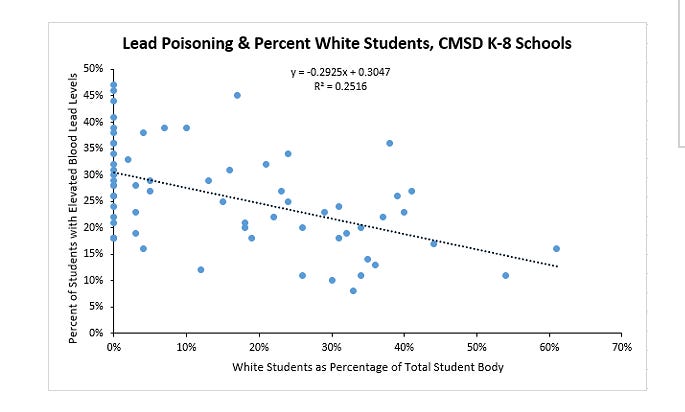I’ve been traveling this week. I’ve been in DC as well as the Shenandoah Valley, where I spent the night in a former insane asylum turned boutique hotel. I have stayed with three different sets of friends, and I have the same conversations with all three I always have whenever I travel, about how high housing prices are. “This town has 700 people,” a friend said as he drove me from Staunton, Virginia to Charlottesville, passing through a rural area. “In five years, they estimate it will double. They are building all these bland townhouses that go for 350, 400K.” Later in the trip: “These apartments here?” pointing to some nondescript towers off the freeway outside Charlottesville. “They go for $1700 each!”
The day before, I stayed with a friend who lives on Capitol Hill in a very charming, non-pretentious rowhouse, where she’s lived with her family for many years. “It’s the only smart financial decision we’ve ever made!” she told me. “We got in right on time.” At dinner with another friend who also lives on Capitol Hill, in a condo she owns, we discussed her thoughts about moving to a smaller, mid-sized, non-coastal city. She has looked into real estate there, as well as the market for her condo, and, if all goes well, “I could buy a three bedroom house for cash!” This friend is currently furloughed—no check for her tomorrrow—so it is seeming increasingly appealing to make this move sooner rather than later. The third friend who hosted me this week lives in Somerset, in the suburbs, and tried to lower my expectations as she drove me to her house: “it’s not a really nice house; it’s just a mid-century brick rambler, but it’s what we could afford.” (The house, by the way, is gorgeous.)
2018 was a big year for housing for me, too. I decided to sell my house in Shaker Heights, where I had lived for twelve years. I put thousands of dollars into doing all the delayed maintenance I had avoided all those years, and listed it in February. I purchased the house for $179,000; my initial asking price, twelve years later, was $169,000. Had I capitulated and redone the kitchen—those damned granite counters—I probably could have listed it for what I purchased it for. I sold it, two months later, for $145,000.
It’s hard to live in decline. It’s hard to drive by abject poverty on your commute in your Prius, to lose equity in your house, to become so used walking by abandoned buildings you stop wondering when they will be occupied. (But it is not as hard as it is is to be poor, or lose your home, of course of course. My perspective is simply that: my view, one I am entitled to have access to.) Recently, when I travel, I’ve become startled by new places opening up on streets I’ve walked on often, in Brooklyn, DC, Chicago. It took me a moment to realize why these changes startle me, why I am taken aback to see a new establishment on a familiar block. It is because new things just don’t open up that often in Cleveland (there are exceptions, obviously, especially with brewpubs and expensive housing developments in a few areas of the west side are exceptions).
One new thing that has opened up is the Unify Project. Yesterday, I spent some time trying to figure out what it, well, is. It was prominently featured in the city’s bid to get Amazon HQ2, and has been making some hires . There is little information about it online. The website states it is a 509(a)3 non-profit, an unusual category, and I looked it up in Guidestar, where non-profits provide public information, and found its financial disclosures as of 2017, but nothing else had been filed there. On Twitter, someone found their initial filing documents, and emailed the contact listed on the website to request their tax-exempt filing documents as well, but the email bounced back because the address did not exist, or was wrong. A few of us wondered who is on the board of directors.
From an article from earlier in 2018, I learned that the project began with the owners of Explorys, a business that provides health care data to hospitals. They sold the company to IBM Watson, which apparently is having some tough times (and some issues with their data). It also seems like Amazon, who is looking to get into the healthcare space, is working with IBM Watson. Or maybe competing? (this timeline is interesting). So maybe this is an organization to develop something that will be part of Amazon and/or IBM Watson’s healthcare plans? That all sounds very…. business oriented. So where does the non-profit part come in? According to interviews, the Unify Project is going to use the data to help determine why people who earn less and live in worse neighborhoods are less healthy by “developing a data capital and AI/machine learning ecosystem that creates leading knowledge in the social determinants of health and reduction of health disparities.”
Speaking of health disparities, Cleveland has a bigger lead problem than Flint! The latest attempt to do something about it has, apparently, died, because “the relevant local government and non-profit institutions couldn’t come to an agreement on how such a plan would operate and who would take the lead or who would invest.”


Every day I am grateful I began this project as a chronicle, a genre that does not require analysis; if I so decide, I can hide frustration behind placid elucidation or some easy play towards offering a small bit of sunshine to cloudy topics. Assume I will continue to experiment and play around until I settle into a groove that serves my purposes and, hopefully, remains interesting to you.
Finally, I have made the archives accessible only to paid subscribers; next week I will put new ones too ‘behind a paywall’; email me if you would like to continue to read for free, and I will grant you access. My intention is to have this chronicle be somewhat ephemeral: in your inboxes, but not on the web. Thus, the restrictions.
Charts: screenshots taken from Cleveland Scene.

